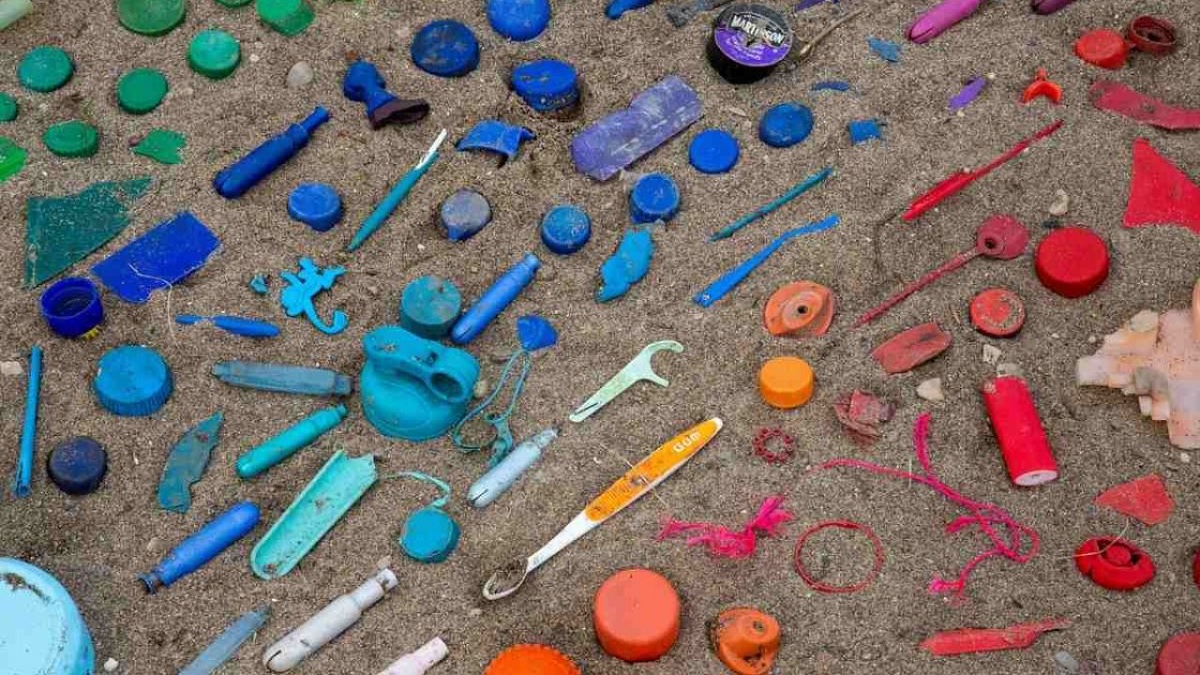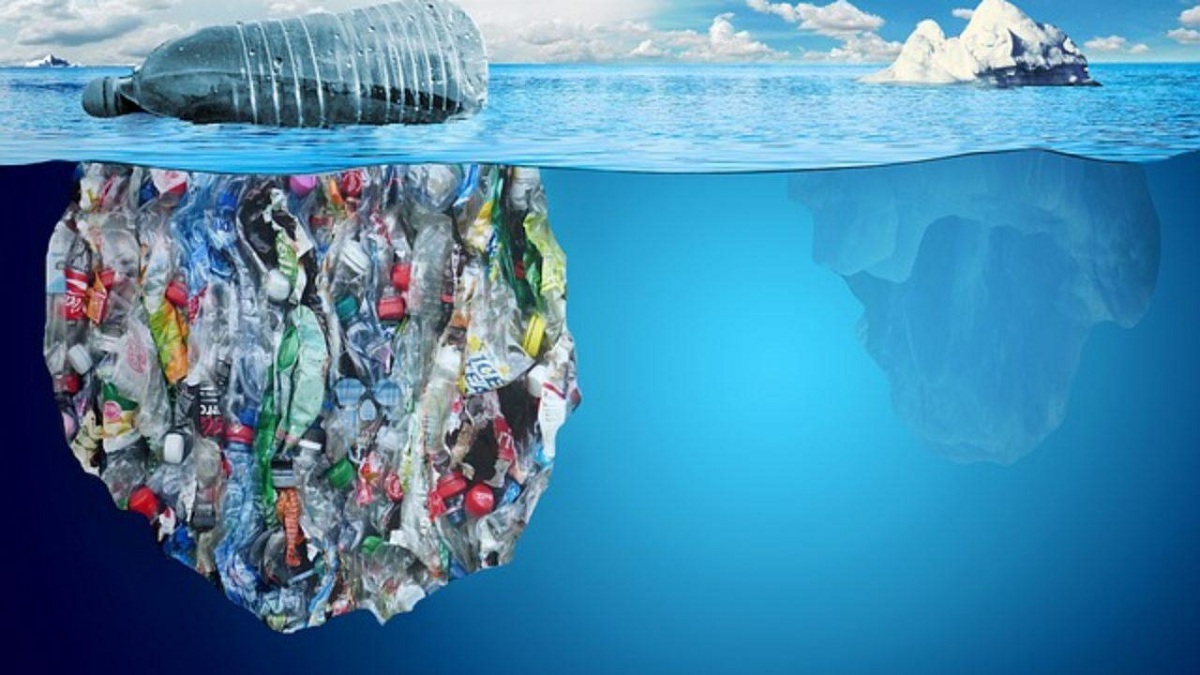
Plastic is something that has become something of daily use both everyday and industrial. Today we would have lived without plastics since we use it practically in everything. However, there are numerous types of plastics depending on the use that is going to be given and the type of origin it has. The composition of plastics is highly resistant to degradation caused by the environment. This makes its presence in nature an environmental problem.
In this article we are going to tell you about the different types of plastics and their main characteristics.
Classification of types of plastics

In order to classify plastics there are numerous ways. One of them is to classify them by using various symbols. Surely you have seen a recycling symbol with a number on some products. This consists of a code for recycling plastics. It is called code identification of resins or plastic identification code of the plastic society and industries. Depending on the type of code, it will have a different material and composition. Let's see what are the main types of plastics:
- PET or PETE (polyethylene terephthalate).
- HDPE (high density polyethylene).
- PVC (polyvinyl chloride).
- LDPE (Low Density Polyethylene).
- PP (Polypropylene).
- PS (Polystyrene).
- Other plastics.
Types of plastics

PET or PETE plastic
This is the polyethylene terephthalate. One of its characteristics is that it is transparent and does not perspire. It is one of the most recycled materials since it is found in plastic wrap, bottles, food containers and other products. It is one of the most used and you will surely find a symbol of 3 arrows forming a triangle. This indicates that the product is recyclable and should be poured into the yellow container.
HDPE plastic
This is the type of plastic called high-density polyethylene. In the containers and products that are made of this type of plastic, the number 2 is found inside the triangle of arrows. This material is found in products such as tetrabriks, some food containers, cosmetic containers, cleaning products, some pipes, etc. All these materials must be recycled in the yellow container.
PVC plastic
It is known more by the name of PVC. It is made of polyvinyl chloride and is used to make gutters, cables, pipes, some bottles and carafes. It can also be found in traffic stalls, liquid detergent bottles, and some food packages. It turns out that it is one of the most dangerous types of plastics for health and the environment. It can be easily identified as the code is number 3.
LDPE plastic
It's called low-density polyethylene. The identification is carried out by means of the code with the number 4. It is a type of recyclable plastic that was used to make frozen food bags, garbage bags, transparent kitchen paper, softer plastic bottles, etc. These plastics are also recycled in the yellow bin.
PP plastic
It will surely be one of the best known to be found in drinking straws, lids and caps of containers. It is about polypropylene. It can be identified by marking the number 5 within the arrows symbol.
PS plastic
It is known as polystyrene and is found with the symbol with the code number 6 between the arrows. We found some toys, cutlery, white cork and packaging that are used for storage. It is also used for the packaging and protection of electronic products and household appliances. It is the typical white cork that falls apart.
Other types of plastics

There are other types of plastics that do not belong to any of those mentioned in the previous classification. Some plastic can be differentiated according to their size and they are prefixed with macro or micro. It can also be classified based on biodegradation capacity, regardless of whether or not they are recycled in recycling plants. We are going to explain to you what are some of the main types of plastics that are not included in the previous classification:
Bioplastics
They are those that are produced with natural resources that are biological and renewable. These plastics do not harm the environment and have a good utility. They are as follows:
- Starch for PLA (polylactic acid)
- Sugar cane for ethylene.
- Sugarcane for polyethylene.
Biodegradable plastics
Many people confuse them with the above and they have some different nuances. And this is about those types of plastics that are made of a material that can be degraded by some microorganisms. These microorganisms need complete environmental conditions as they are capable of converting plastic into biomass, gases and water.
Thermoplastics
They are those that have the characteristic of melting when heated and when cooled they return to a hard consistency. They are polymers that have the ability to melt and reshape. The advantage of these plastics is that this feature also continuously indefinitely. Due to this type of chemical behavior, thermoplastics are recycled through the mechanical recycling process. Among these guys we have polyvinyl chloride, polypropylene, polyethylene and polycarbonate, among others.
Thermoset plastics
As its own word indicates, they are materials that once heated and molded, can be melted or fused again. Therefore, they cannot change shape once they have been molded. Some examples are the following: synthetic rubber, vulcanized natural rubber, polyurethanes, silicones, epoxy resin, among others.
Microplastics
They are those that are currently known to be one of the main pollutants of the environment and that pose a great danger to everyone's health. They are small synthetic particles originated from some petroleum derivatives. Its size is generally less than 5 mm, so its existence cannot be appreciated. It can be incorporated through the food chain of foods that come from the sea.
I hope that with this information you can learn more about the types of plastics and their main characteristics.